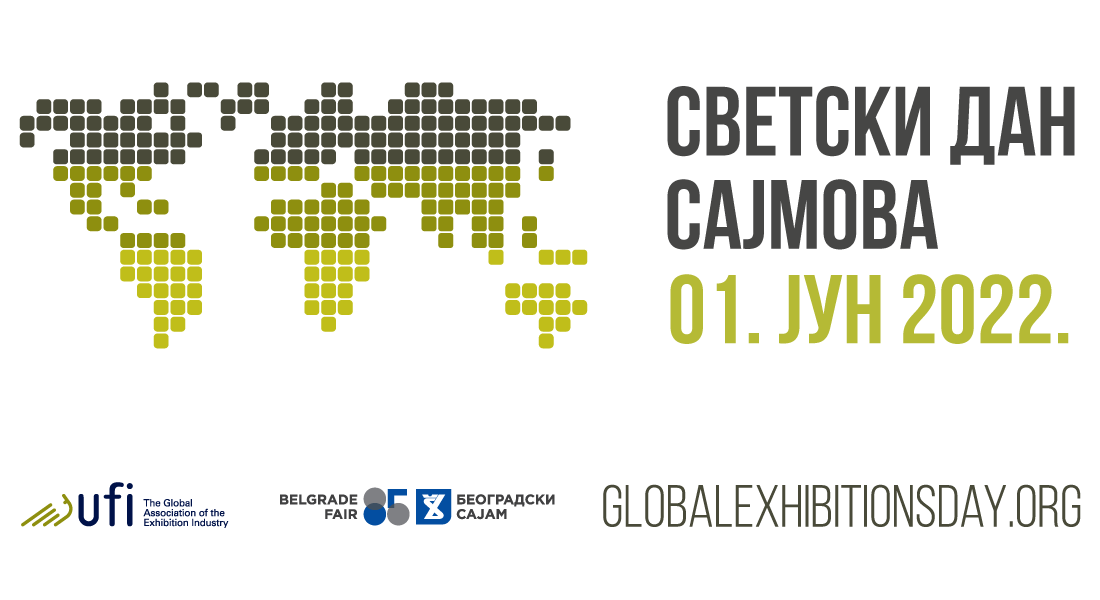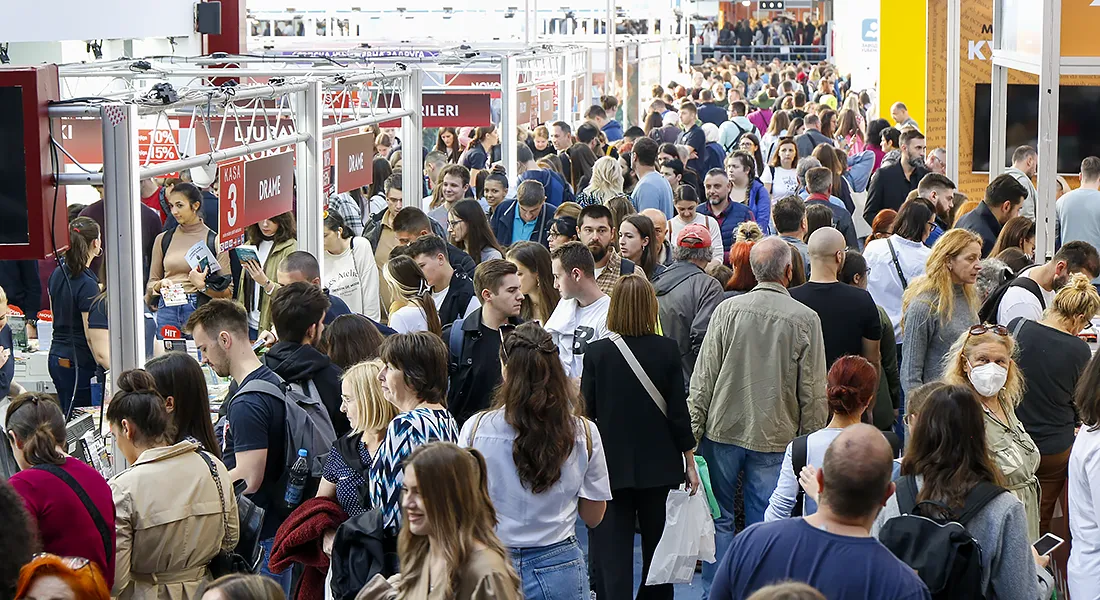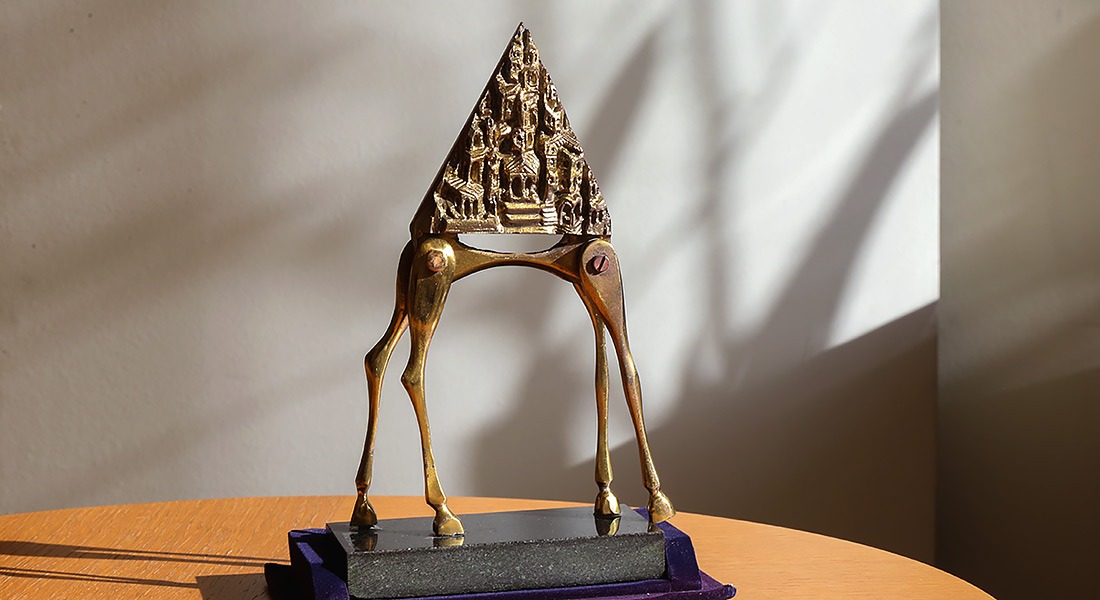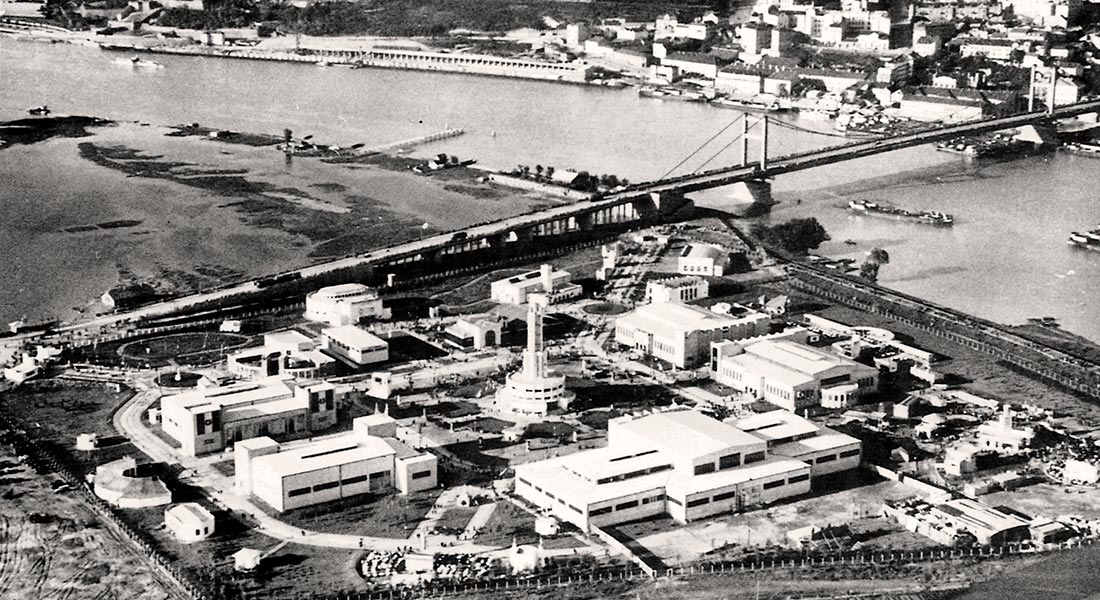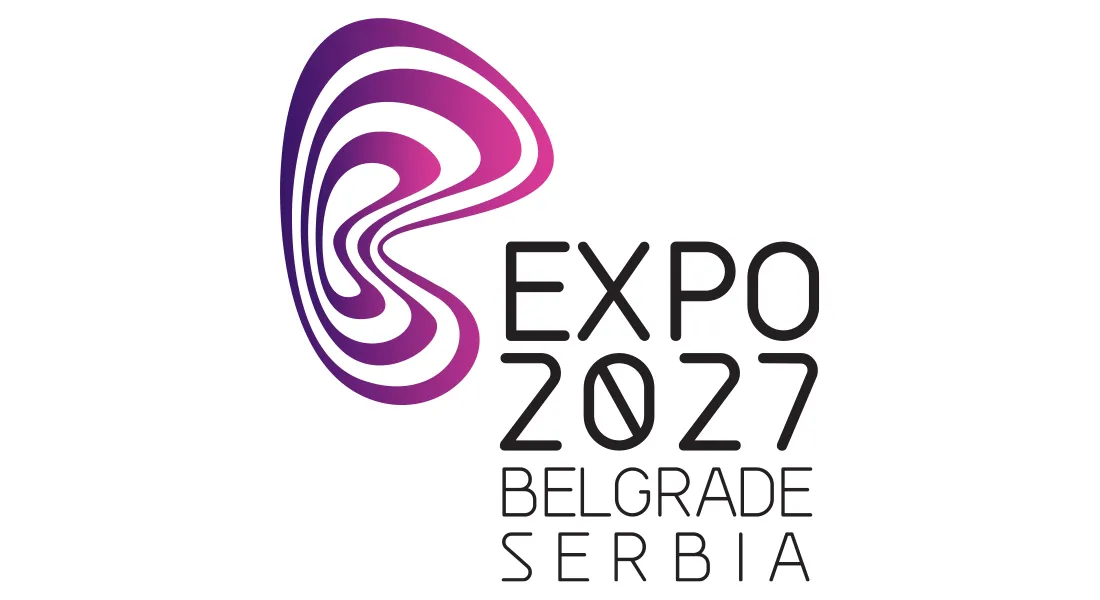“Fairs and exhibitions are the fastest way for an economic recovery after the pandemic. The fair industry has proven that it can safely conduct business events. Finally, when it matters, you meet in person. The business acts the same way”.
These are the three basic messages which the Global Fair Union (UFI), the Global Association of the Exhibition industry, sends regarding the World Fair Industry Day (GED – Global Exhibition Day). And regarding that that day is marked on the first Wednesday in June, this year it’s Wednesday the 1st of June.
This year as well the GED 2022 campaign focuses on the irreplaceable value of physical exhibitions and business events “face to face” in creating platforms for economic growth and recovery, which is a perfect opportunity for networking and meeting new people. GED recognizes the important role which the trade exhibitions play in moving economies throughout the world and points out its role in strengthening and growth of the economic sectors. In all of this, this year is no exception!
The Global Exhibition industry is of global economic significance. The exhibitions have a simple purpose: bringing together different economic activities in order to achieve common interests and create opportunities for a continuous supply chain.
UFI remind on the global experience which definitely confirms that the exhibitions are:
- Instruments for market goods and services. This is especially trye for small and medium enterprises
- Great investments, attracting of influential people on the market, which spend more, talk with more people and recommend more brands,
- The media “face to face” which adds a unique “human element” and is of key significance for building business contacts,
- Powerful tools for creating pleasures and loyalty of buyers providing concrete and indelible experiences,
- Places for knowledge exchange and cooperation, which leads to the creation of ideas and projects, which can significantly affect the market sectors,
- They have the potential to help develop new industries,
- They support the development of trade and are an instrument of internationalization,
- Support productivity growth,
- They create new jobs, both within the exhibition industry and in activities related to tourism,
- Encourage economic and infrastructural development,
- As a rule, they are a means of attracting investments for the country.
But the fair industry is as simple as it is complex: according to information for the year 2021, with over 493 billion euros of business sale for those which in that industry participate, the fairs have an amazing influence on the global economy. The expenses of visitors and exhibitors, produce a total effect of 299 billion euros both for the value chain of the exhibition industry (organizers, venues and service providers) and for activities related to tourism (accommodation, food and travel). The fair branch “served” 353 million visitors, and 3.4 million total jobs were directly and indirectly supported by the exhibitions.
The fairs have developed into much more than stands on which products are displayed – they became markets enhanced by educational possibilities, by launching innovation and the ability to find qualified data-based leads, supported by social media activities which unite the precious digital progress and interpersonal relationships.
As a key representative of the fair industry of this part of Europe, and even the winner of the UFI prize for the most creative activity 2019, the biggest global holiday of exhibition and fair industry the Belgrade Fair as a sign of recovery from the consequences of the “COVID-19” pandemic, but also the current global geopolitical turmoil.
It should not be forgotten that the two-year crisis, at the very beginning of 2020, the Belgrade Fair entered with excellent data on the results of the business year 2019, which was the most successful in the last decade. Revenues increased by 12.5% compared to 2018, the number of exhibitors from as many as 55 countries increased by 10%, the most in the last five years, and the number of visitors by 5.5%. At the same time, and just when the work of the Fair was blocked, the Analysis of the economic impact of the Belgrade Fair on the national economy for 2019, prepared by the Institute of Economics, showed that the total business effects of the Belgrade Fair in 2019 are estimated at 14.4 billion dinars values of sold goods and services, 4.3 billion RSD of gross value added, 1,961 new jobs generated and 2.8 billion RSD of total tax revenues. Every dinar earned under the dome of the Belgrade Fair in the economy was further increased by another 2.48 times, and at the company level, as an isolated company, it is as much as 9.1 times (which was 15-20 percent better than the world fair average). Due to the fair activity in 2019, each employee produced in the economy, either indirectly or induced, another job, and in the case of the isolated company Belgrade Fair, each of its employees in 2019 created approximately as many as eleven jobs. Finally, and this is especially emphasized by the UFI, it is estimated that the events of the Belgrade Fair alone attracted more than 70,000 foreign and 24,000 domestic guests to Belgrade, who together spent around 1.3 billion RSD.
Because of this this year’s Global Exhibition Day, the 1st of June, is a great reason to legitimize the Belgrade Fair as a great returnee on the track of normal and successful business, and the spring fair season suggests that it will be precisley like that. In the year in which the company celebrates 85 years of existence, it is the least that is excepted from the Fair, but also what the Fair is able to offer.
We wish the entire fair industry a happy June 1st, World Fair Industry Day* (GED).


